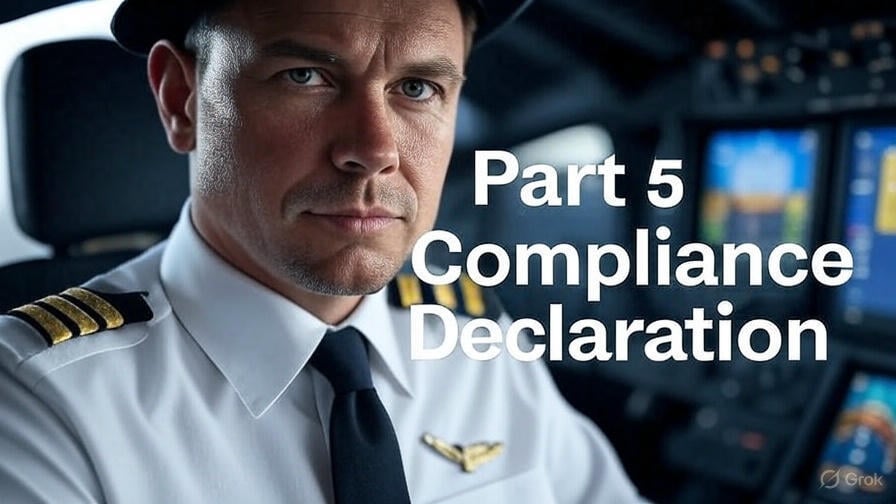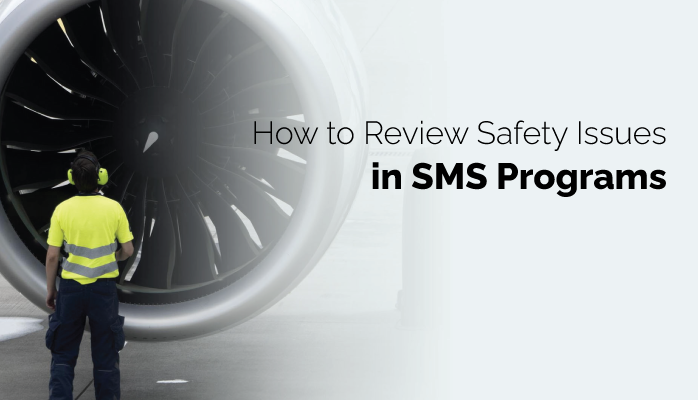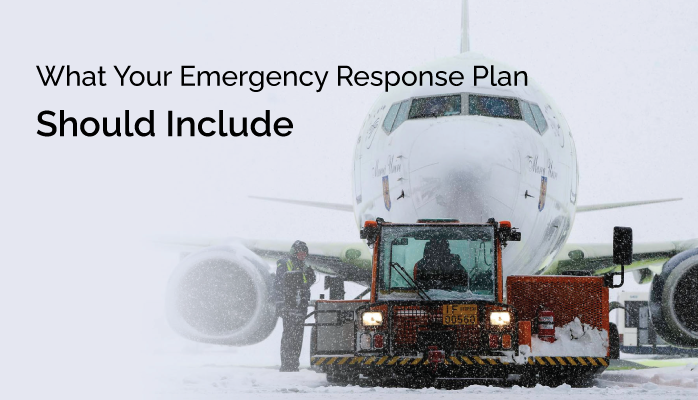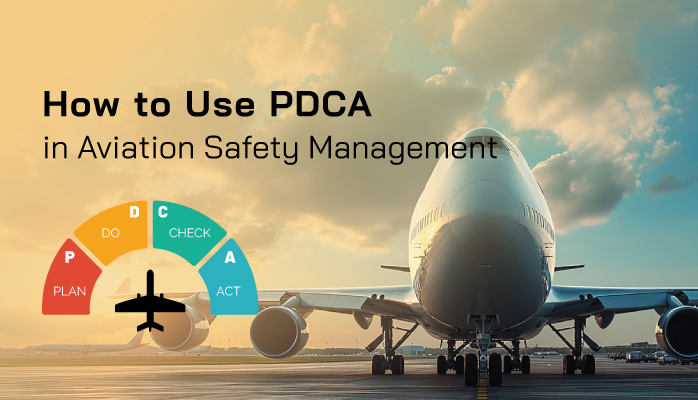Stu Martin
Stu Martin is an accomplished aerospace safety engineer with over 25 years of experience in the aviation industry. Beginning his career on the ramp, Stu developed a hands-on understanding of aircraft operations, maintenance, and safety protocols. His journey from ground operations to engineering has equipped him with a unique perspective on aviation safety, blending practical expertise with technical rigor. Stu has contributed to numerous safety initiatives, including the development of risk assessment frameworks and incident investigation protocols, earning recognition for his commitment to enhancing operational safety. A respected voice in the field, he continues to advocate for robust safety cultures within aviation organizations worldwide.
As an aviation safety manager or accountable executive, ensuring compliance with the Federal Aviation Administration’s (FAA) Safety Management System (SMS) requirements under 14 CFR Part 5 is critical to maintaining operational safety and regulatory adherence.
A key component of this process is submitting a Declaration of Compliance (DOC) to the FAA, which formally affirms that your organization has developed and implemented an SMS that meets Part 5 standards.
Read More
Topics:
Risk Management Training,
FAA Compliance
Popular Culture Is Useful for Every Aviation SMS Program
Risk management lessons for your aviation SMS program don’t just have to be learned
- on the ICAO's website,
- in a thick SMS manual, or
- from academic risk management research.
Safety management lessons exist everywhere if you are looking out for them.
Read More
Topics:
2-Safety Risk Management
Adaptability in Aviation SMS
The basic fact is that truly judging the effectiveness of aviation safety management systems (SMS) is tough.
To merely judge the effectiveness of a program based on how well it meets compliance sounds prescriptive at best.
Judging a program based on a number of incidents and other such numeric data is terribly inadequate. It doesn’t take into account so many other factors that can reveal an SMS' health, such as:
Read More
Topics:
3-Safety Assurance
Aviation Safety Culture Is Not a Concept
As I’ve discussed before, “safety culture” gets thrown around rather loosely in the aviation industry.
"Safety culture" is the kind of thing that is vitally important, but so undernourished in terms of actually discussing what it means and what it looks like,
Read More
Topics:
2-Safety Risk Management
What Are Underlying Causes in Aviation SMS
Underlying causes in aviation safety management systems (SMS) are the bridge between reactive and proactive risk management.
Underlying causes are the “input” for safety issues because they reinforce the actions and behaviors that cause incidents to happen.
Read More
Topics:
3-Safety Assurance
Managerial Style Is Critical for Safety Managers
How aviation safety managers conduct oversight is extremely important for the success or failure of the aviation safety management system (SMS).
The particular management style of a safety manager determines how willingly employees will interact with aviation SMS. Will they sincerely accept the demands placed on them by the SMS? Or will they rebel silently and look for ways to subvert the SMS?
What kind of style do you use as a safety manager?
Read More
Topics:
Quality-Safety Management
Which Issues Should Be Reviewed?
Different organizations will have different requirements when they review safety issues. Whether or not you are reviewing low-risk issues is up to you. While we recommend reviewing all issues, the reality is that due to time and resource constraints, this is not always feasible.
Read More
Topics:
3-Safety Assurance
What Is an Emergency Response Plan (ERP)
The actions employees take immediately in response to an emergency will greatly affect the outcome of the emergency. In such situations, employees’ actions may largely be the deciding factor between catastrophic consequences and a scary but benign outcome.
Consequences can be
- financial,
- environment,
- material, or
- personal (i.e.) loss of life.
Read More
Topics:
Quality-Safety Management
What Is Plan Do Check Act (PDCA)
Plan Do Check Act is a simple but effective process to use when implementing risk controls through corrective-preventative actions. The PDCA process is initiated after you discover some deficiency/weakness in your SMS that poses an unacceptable level of safety, such as after an aviation SMS audit, reported safety concern, or trend analysis.
Read More
Topics:
3-Safety Assurance
What It Means to Practice Reactive, Proactive, and Predictive Risk Management
If you want to practice reactive, proactive, and predictive risk management in aviation safety management systems (SMS), you first and foremost need to understand the difference between these types of risk management in modern aviation operations.
Read More
Topics:
2-Safety Risk Management














